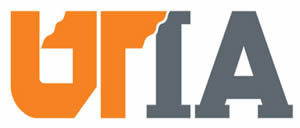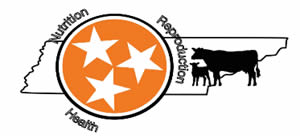

The Economic Impacts of Protein Supplementation during Heifer Development
By: M.P. Furches and K.J. McLean

There are nearly 6 million replacement heifers, annually. Development of these females is one of the most critical components in cow-calf production. Most heifer development programs require supplemental feeds to meet nutritional requirements. These supplements are typically energy and protein dense to help ensure that heifers entering their first breeding season have reached puberty and average 60 to 65% of mature body weight (Patterson et a., 1992; Perry et al., 2012). Heifers that conceive earlier in the first breeding season have longer to recover after calving increasing the chance to rebreed the following breeding season. Protein is the first limiting nutrient in cattle production systems grazing low-quality forages. Supplementing feedstuffs high in protein has been demonstrated to help overcome these deficiencies and benefit reproductive function (Lalman et al., 1993; Funston et al., 2012). Economic advantages, nearly $100 per head reduction in production costs, exist for producers who utilize low-input strategies.
Recently, work done in our lab at the University of Tennessee has further investigated replacement heifer development strategies. Approximately one month after weaning, spring-born crossbred Angus heifers (n = 60) from the Middle Tennessee Research and Extension Center were provided 3 different protein supplements (10%, 20%, or 40% crude protein). The relationship between BW, BCS, and the economic impacts of protein supplementation during heifer development is reported in detail in Furches and McLean (2022). Final BW for heifers receiving 10% protein was lighter (744.5 ± 9.74 lbs) than both P20 and P40 (828.3 ± 9.74, 831.4 ± 9.74 lbs; respectively). While BW is certainly important to reproductive development, BCS is even more so influential to reproductive function. Minimizing mature BW did not have a negative impact on reproductive performance (Endecott et al., 2013). A major objective of this study was to evaluate the economic impacts (feed consumed and development cost) of different protein supplementation levels on heifer development. The heifers receiving 10 % protein supplement consumed more supplement than the heifers receiving 20 or 40% protein supplements (758.6 lbs vs. 608.1 lbs or 631.6, respectively). The cost per ton of each supplement was $288, $300, and $320 for 10%, 20%, and 40%, respectively. Thus the total cost per heifer during development was greater when heifers were developed with a 10% protein supplement ($109.22 vs $91.20 or $101.04). The economic impact was also impacted by initial weight with the heaviest heifers on the 10% supplement costing more per pound of gain than the others; further emphasizing the impacts and economic importance of protein content even at a supplement level. This study has shown that some developmental strategies may not impact growth, development, or reproductive performance but could increase the cost of development due to the level of alternate and supplemental feeds that are needed to meet development thresholds and goals.
Download a copy of this article as a pdf file.